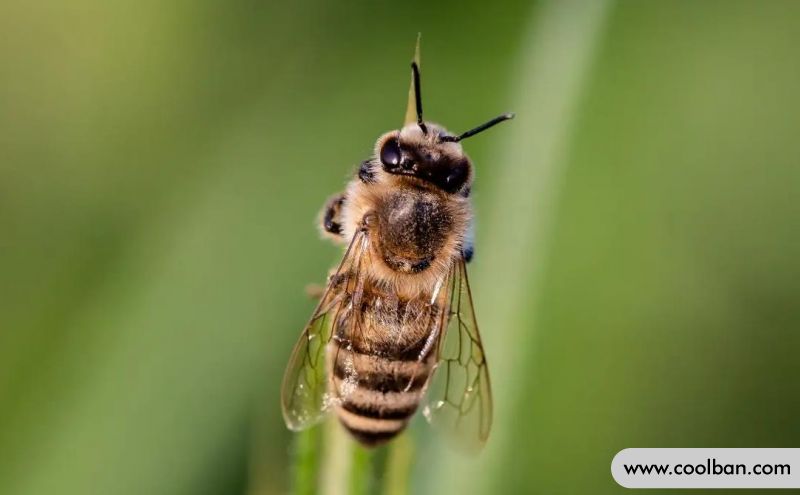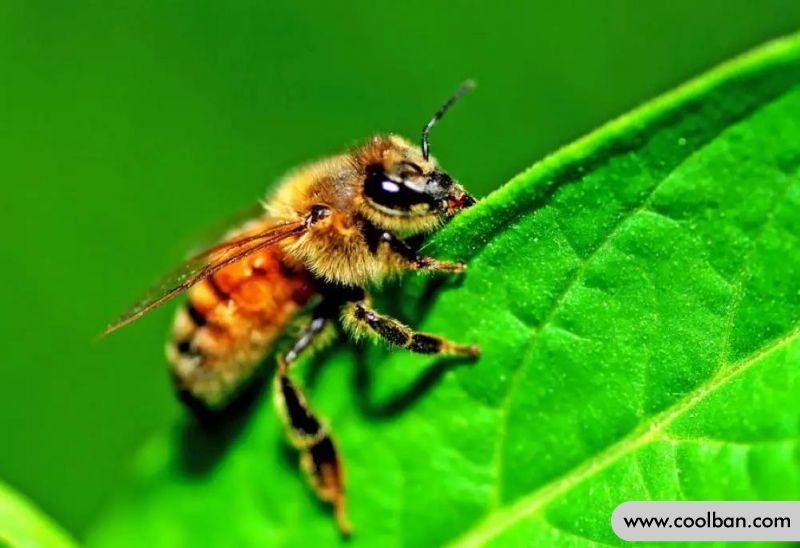First Aid for Bee Stings
Once the human body is stung by a bee, there will be local pain, redness, numbness and other symptoms, which usually heal within a few hours. However, even if it is a short-term pain, it is necessary to take corresponding measures during this period, for example, to reduce swelling. vomiting, etc.

What to do if you are stung by a bee
After being stung by a bee, take the following first aid measures:
First aid method after bee sting 1: Removal of bee sting. There are barbs on bee stings, which often remain on the skin after being stinged. When nursing, first check whether there are stingers remaining in the skin, and carefully remove them immediately after they are found. The method is to stick it with tape, and then use tweezers to lift it or pull out the stinger. If the stinger is still attached with a venomous sac, it cannot be picked up with tweezers, so as not to squeeze the venom and aggravate the reaction, only a sharp knife can be used. Pick out the venom gland sac and stinger with a sharp point or needle. Cupping can also be done after the bee needle is removed, which can suck out the venom and reduce the body's absorption of toxins.
First aid after a bee sting 2: Neutralize the venom. The bee venom is acidic, and soapy water, 3% ammonia water, and 5% to 10% sodium bicarbonate solution can be used to wash the wound. Apply 2.5% iodine tincture to the skin after pulling out the stinger 2 to 4 times. Because iodine tincture has the effect of killing pathogenic microorganisms around the wound and destroying biological toxins. For wasp stings, there is no need to apply medicine, but acetic acid or vinegar can be applied locally. Fresh purslane can also be washed and squeezed and applied to the wound.
First aid method after bee sting 3: Treatment of local pain and swelling: 2% lidocaine and dexamethasone injection can be used around the affected area, subcutaneously injected once at a ratio of 1:1; such as If there is tingling pain in the limbs, activities should be reduced, and ice packs should be placed locally to reduce the absorption of toxins.
First aid method after bee sting 4: Nursing care of patients with anaphylactic shock: There is often no absolute relationship between anaphylactic shock caused by bee stings and the amount of bee venom. Even a single sting can cause severe anaphylactic shock, given the increased sensitivity of the body. In the event of anaphylactic shock, intravenous access should be established promptly. Infusions can improve systemic and local circulation, as well as dilute and facilitate the excretion of toxins. Those with mild allergic reactions can take 1 tablet of Hismin, once a day; or 4 mg of promethazine, 3 times a day, if severe symptoms occur, they should be sent to the hospital for treatment as soon as possible.
First aid method after bee sting 5: Keep the airway open, especially for those who have difficulty breathing, and give high-flow oxygen. If there are signs of laryngeal edema, cooperate with your doctor immediately to perform a tracheotomy.

Symptoms of bee stings
After a person is stung by a bee, only local redness, swelling, pain, and burning sensation may appear in mild cases, but also blisters, ecchymosis, and local lymph node enlargement may appear, which will disappear on their own within a few hours to 1-2 days. If the body is stung by bee swarms in many places, it often causes systemic symptoms such as fever, headache, dizziness, nausea, irritability, and fainting. People allergic to bee venom can cause hives, rhinitis, swollen lips and eyelids, abdominal pain, diarrhea, nausea, vomiting, and in severe cases, throat edema, asthma, dyspnea, coma, and ultimately respiratory death and circulatory failure.
Bees are honeybees, wasps, bumblebees, and bumblebees. The drone is harmless because it has no venom glands and stingers, which are all female bees (worker bees). The female bee's tail has venomous glands and stingers. The honey needle is a deformation of the ovipositor, which can inject venom into the human body. The female bee's stinger also has a back hook, and after piercing the human body, part of it remains in the wound. The wasp's sting does not stay in the wound. In fact, the wasp retracts the stinger after stinging, but it can continue to hurt people. However, wasps are more serious than bee stings.
Bee venom mainly contains formic acid, neurotoxin and histamine, which can cause hemolysis and bleeding, inhibit the central nervous system, and also cause some stings and allergic reactions. After a person is stung, the main symptoms are local severe pain, burning, redness or blisters. Severe symptoms such as dizziness, headache, chills, fever, irritability, convulsions and fainting after being stung by a swarm or a highly venomous wasp. Laryngeal edema, asthma, vomiting, abdominal pain, increased heart rate, decreased blood pressure, shock, and coma may occur in a small number of patients.
